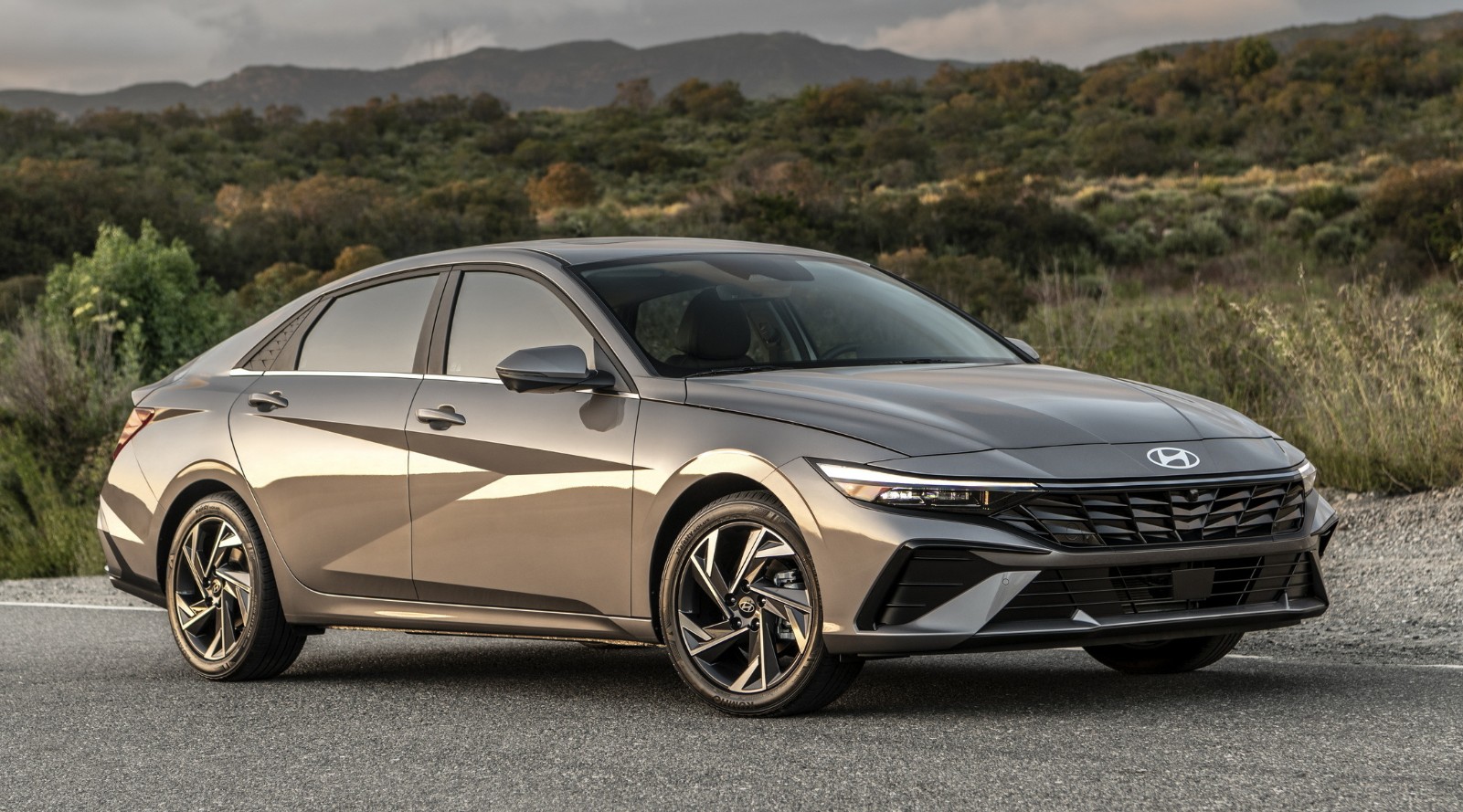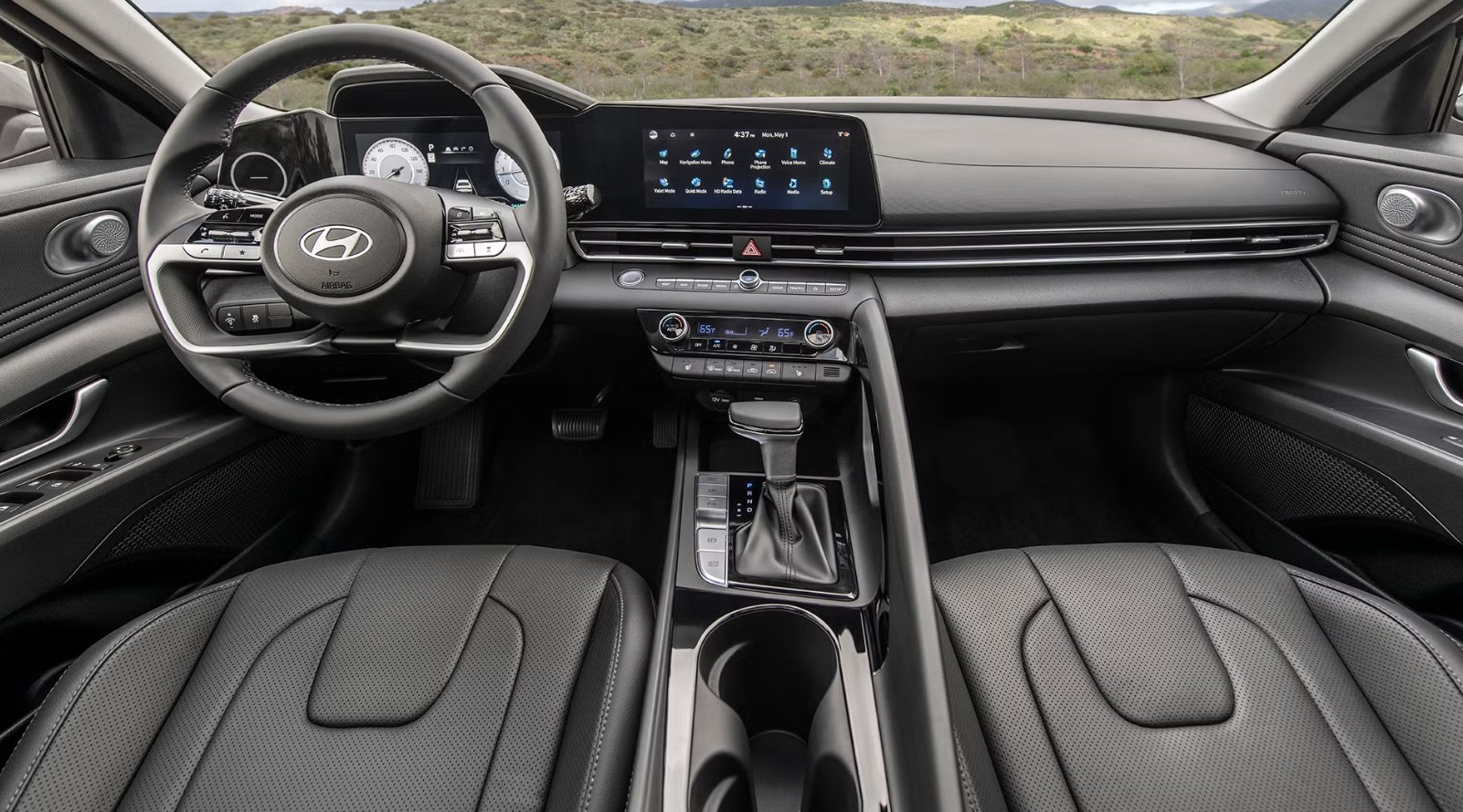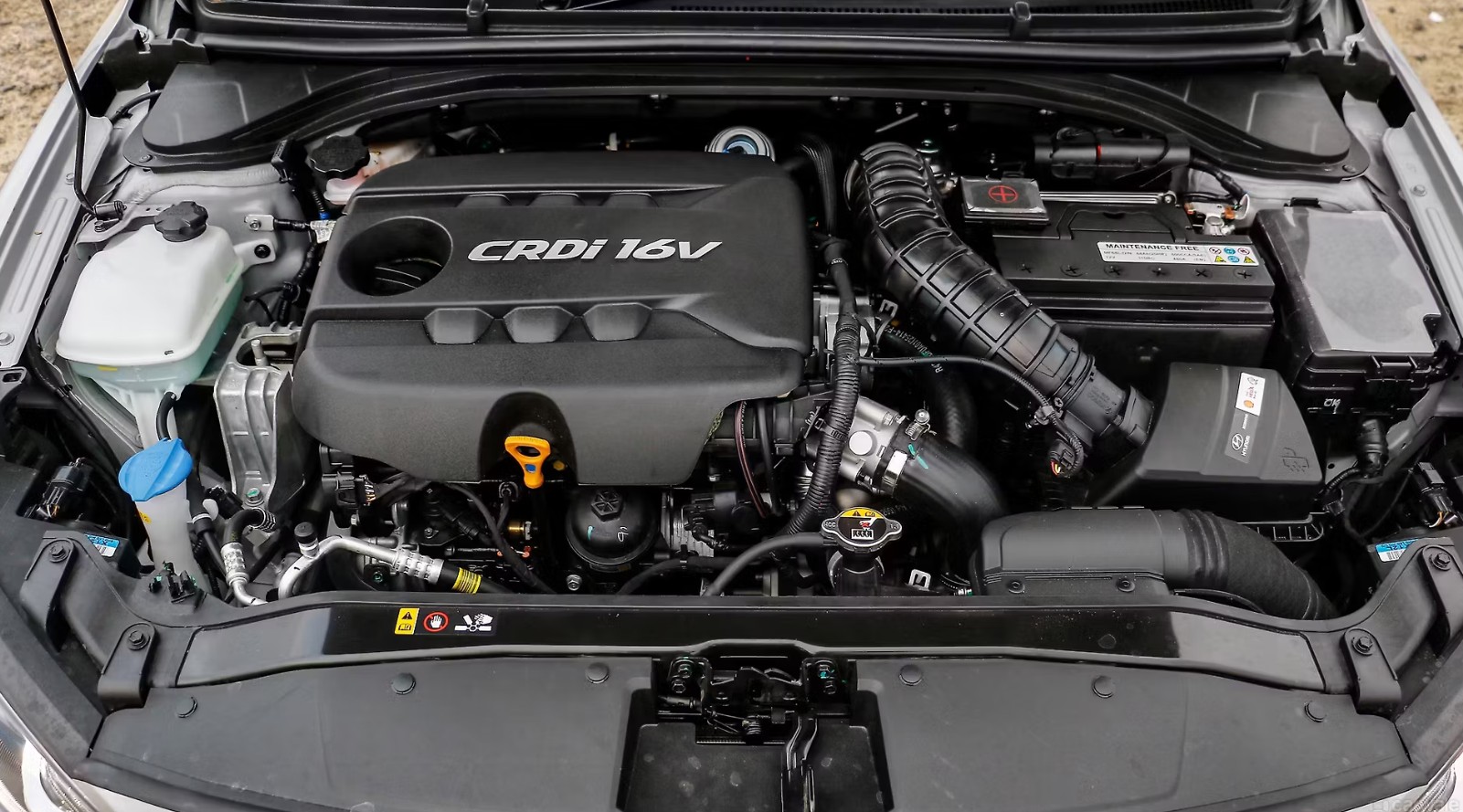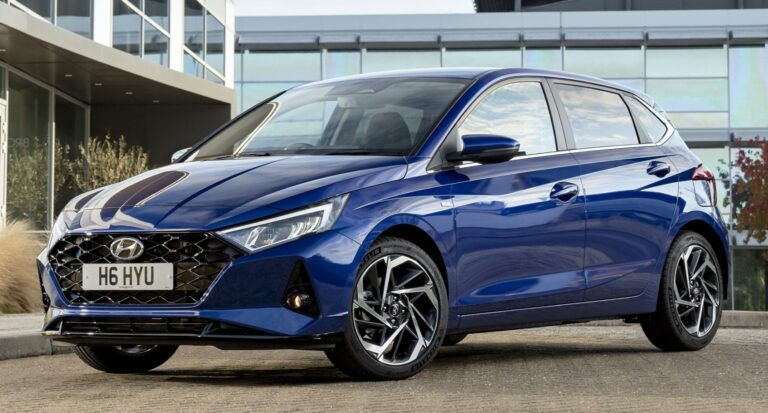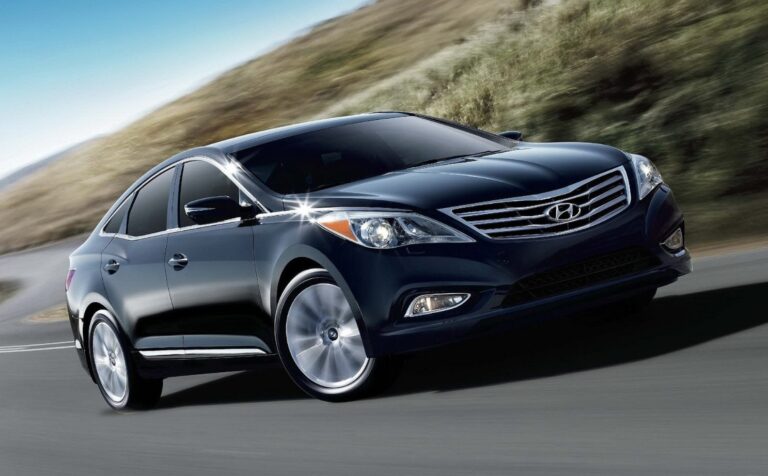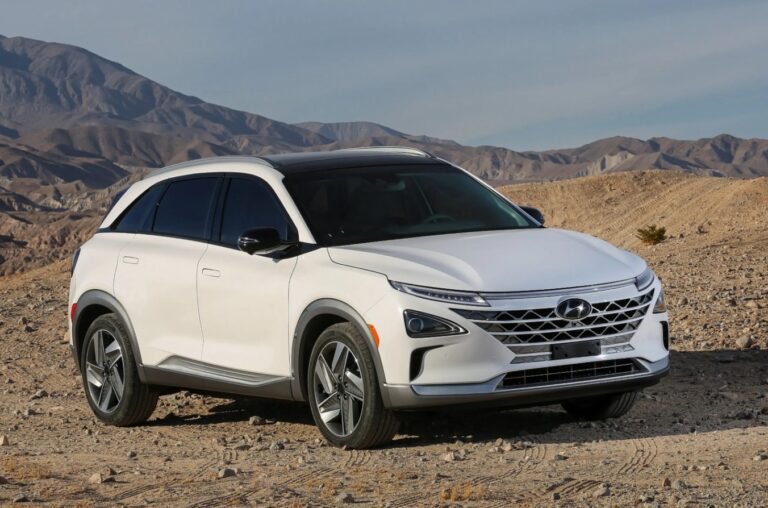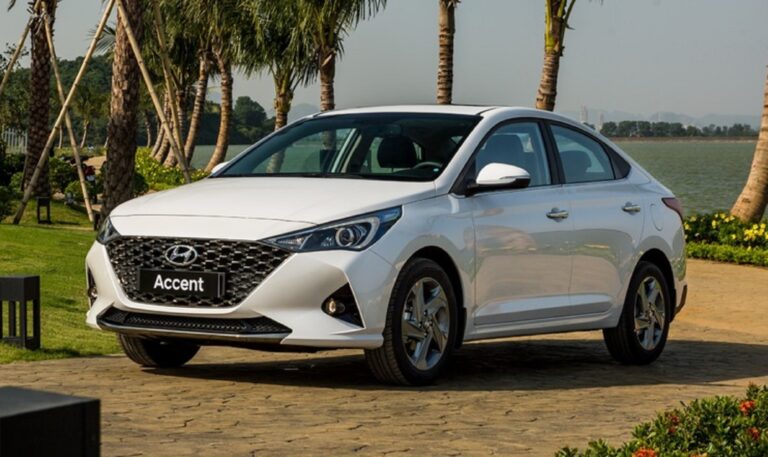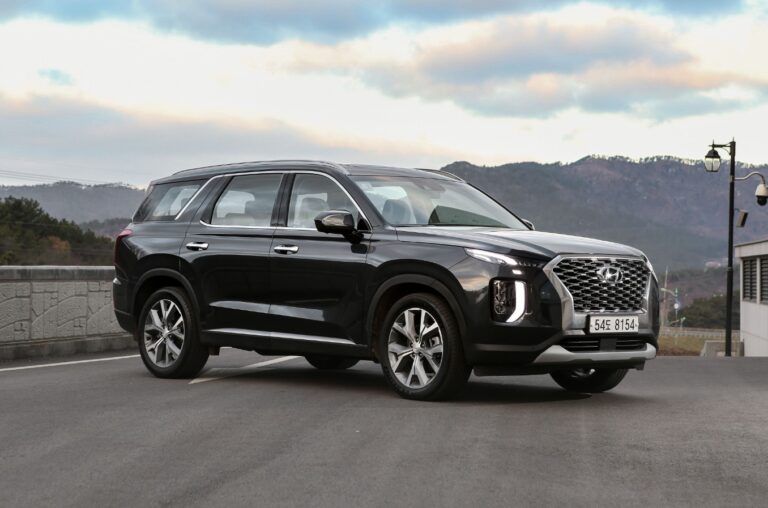2027 Hyundai Elantra Engine, Configurations, Review
2027 Hyundai Elantra Engine, Configurations, Review – The 2027 Hyundai Elantra takes a sharp turn in styling, signaling a complete evolution from the outgoing model. Hyundai’s design team leans into angular minimalism, introducing a sleeker silhouette, tighter body lines, and a more aggressive front end. The new front fascia features a wider parametric-jewel grille flanked by slim LED matrix headlights, creating a bolder road presence. Aerodynamics play a key role in this redesign, with active air flaps, a lower ride height, and a cleaner underbody—all contributing to better fuel economy and a quieter cabin. The rear sees a restyled light bar and a redesigned trunk lid that improves both aesthetics and cargo usability. 2027 Hyundai Elantra Engine
2027 Hyundai Elantra Redesign and Update Plan
Exterior & Interior
Inside the 2027 Elantra, everything has been rethought for digital immersion and user-centric design. Hyundai has completely redesigned the dashboard layout with a focus on seamless digital integration. A new curved dual-display system dominates the cockpit, housing a 12.3-inch driver information cluster and a 14.5-inch infotainment screen under one continuous glass panel.
The interface is smoother, with customizable widget layouts, over-the-air updates, and AI-assisted voice commands. Every trim now includes wireless Apple CarPlay and Android Auto, while higher trims feature a premium Bose sound system and built-in navigation with real-time traffic and charging station data for hybrid variants.
Comfort gets a serious upgrade, too. Hyundai uses more sustainable, soft-touch materials throughout the cabin—like recycled PET fabrics and bio-sourced plastics—especially in the Limited trim. The new seats offer increased bolstering and lumbar support, with ventilation and heating standard on higher trims. Rear passengers enjoy more headroom and legroom thanks to the reworked seat geometry and thinner front seatbacks.
Ambient lighting with 64 color options, dual-zone automatic climate control, and a redesigned center console with wireless charging pad make the Elantra’s interior feel like a high-end lounge rather than a compact sedan. Cargo space also improves slightly, making this a surprisingly practical daily driver.
Hyundai didn’t stop at visual updates. The 2027 Elantra rides on a revised version of the K3 platform, now stiffer and lighter for improved handling, safety, and efficiency. The overall chassis tuning has been adjusted for a more composed ride, and steering feedback is crisper thanks to an upgraded electronic power steering system. Engineers also enhanced cabin insulation, reducing road and wind noise dramatically. The updated model comes with four trim levels—SE, SEL, N Line, and Limited—each offering distinct visual and technological touches to cater to a broad demographic of drivers, from economy-focused commuters to tech-savvy urbanites.
2027 Hyundai Elantra Specs
Engine & Performance
The 2027 Hyundai Elantra delivers more variety under the hood to meet diverse driver needs. The base 2.0-liter naturally aspirated four-cylinder has been refined for better responsiveness, offering 155 horsepower and smoother acceleration paired with Hyundai’s latest IVT (Intelligent Variable Transmission).
The 1.6-liter turbocharged engine in the N Line variant now produces 215 horsepower—an increase of 10 hp over the previous model—thanks to ECU retuning and improved air intake efficiency. It’s paired with either a 6-speed manual or a dual-clutch transmission, depending on buyer preference. Acceleration is sharp, and the suspension has been firmed up for more agile handling, making the N Line a fun yet practical choice.
For those focused on eco-efficiency, the hybrid Elantra returns with notable upgrades. A 1.6-liter Atkinson-cycle engine paired with a permanent magnet electric motor produces a combined 155 horsepower and delivers torque seamlessly via a 6-speed dual-clutch transmission. Regenerative braking has been recalibrated for a more natural feel, and the hybrid system operates more quietly with better electric-only driving functionality in low-speed situations. Hyundai is also testing a plug-in hybrid variant with up to 40 miles of electric-only range, potentially arriving later in the 2027 model year. Across all variants, the updated suspension tuning and better chassis rigidity contribute to a quieter, more composed driving experience. 2027 Hyundai Elantra Engine
2027 Hyundai Elantra Fuel Economy
Hyundai continues to set the standard for fuel efficiency in the compact sedan segment. The 2027 Elantra base model is projected to achieve up to 36 mpg city and 45 mpg highway, thanks to weight reduction and improved thermal management in the powertrain. The hybrid variant impresses even further with an estimated 54 mpg combined, while the potential plug-in hybrid version will offer more flexibility for short daily commutes with almost no fuel consumption. Hyundai has also reworked its Eco Driving Mode to better manage throttle response and climate settings, making it easier for drivers to maximize every gallon—or kilowatt.
2027 Hyundai Elantra Safety Features
Hyundai doubles down on safety for the 2027 Elantra, making its full SmartSense suite standard across all trims. This includes Forward Collision Avoidance Assist, Lane Keeping Assist, Driver Attention Warning, and Rear Cross-Traffic Collision Avoidance. For 2027, Hyundai upgrades the sensors and radars for faster response times and more accurate threat detection. A new Intersection Turning Assist system has been added, allowing the vehicle to detect cross traffic when making a left turn across intersections—an innovative feature not yet common in compact sedans.
Higher trims offer semi-autonomous Highway Driving Assist 2 (HDA2), which combines adaptive cruise control with lane centering and automatic lane change functionality. The system uses GPS data and AI-enhanced camera inputs to maintain optimal lane positioning even in heavy traffic. The Elantra also gets a 360-degree surround-view monitor, safe exit warning for rear passengers, and parking collision avoidance assist. Hyundai’s new In-Cabin Radar system—previously seen only in the Palisade—is now available in the Elantra, detecting movement inside the vehicle to alert drivers if a child or pet is left behind. It’s thoughtful, proactive safety made standard. 2027 Hyundai Elantra Engine
2027 Hyundai Elantra Release Date & Price
As for pricing, the 2027 Elantra remains a strong value proposition. The entry-level SE trim is expected to start at $22,500, while the mid-range SEL comes in at around $24,800. The sporty N Line will start just below $29,000, offering great performance for the price.
The fully loaded Limited trim, with every premium and tech feature included, should top out around $31,500. Hybrid trims will range from $26,000 to $33,000 depending on configuration. Hyundai has confirmed the model will hit showrooms by late Q1 of 2027, with pre-orders opening as early as December 2026.
Conclusion
The 2027 Hyundai Elantra raises the bar for what a compact sedan can be. With a striking new design, refined interior tech, versatile powertrains, and industry-leading safety, it’s no longer just a budget-friendly option—it’s a leader in innovation, value, and style. Hyundai’s commitment to electrification, comfort, and connectivity makes this Elantra the most complete and compelling version yet.
Note: There is information in this web page post that comes from materials that were available before the release. You may get the most up-to-date information by contacting your local dealership or looking into official sources.
Read Also:
- 2027 Hyundai Venue Specs, Interior, Dimensions
- 2027 Hyundai Venue Features, Specs, Dimensions
- 2027 Hyundai i20 Review, Performance, Features
